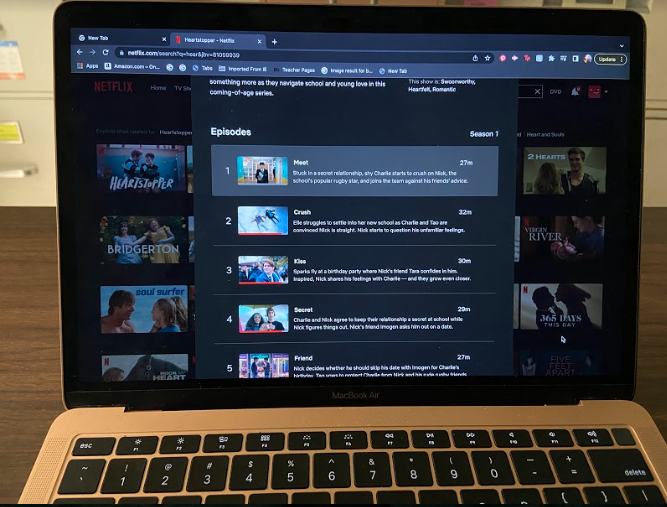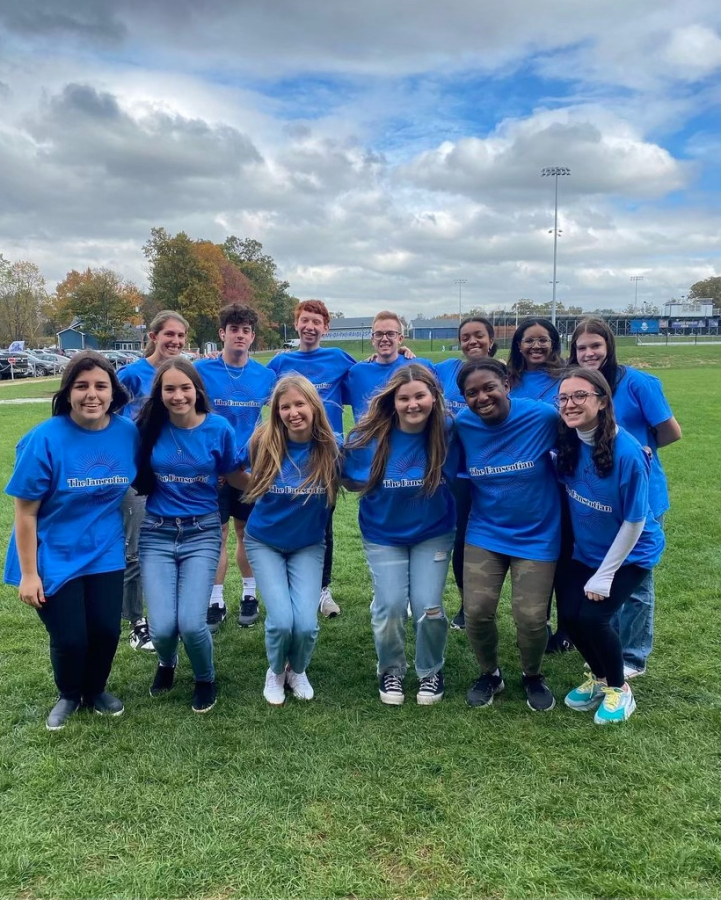Korean pop music, otherwise known as K-Pop, has dominated American interest in recent years. With flashy colors, foreign words, and so many groups and stars to choose from, K-Pop grows not only in population, but also in esteem.
There are many different styles of K-Pop, ranging from slow and sappy to rambunctious and energetic. Some songs have rap and dubstep, much like modern American pop music, although the majority of the lyrics are in Korean, with a few English words featured. A K-Pop song almost always has a unique music video to complement it. “The music videos are my favorite part of K-Pop,” said senior Alaina Frank. “The songs are brilliant, but without the music videos, it’s not really the same.”
K-Pop’s first big break in America was in July of 2012 when Korean pop star Psy released “Gangnam Style.” With its unique music video, which included explosions, pelvic thrusts, and a universal dance that rivaled that of the Cha-Cha Slide and the Cupid Shuffle, “Gangnam Style” raced up international charts. Within months, Psy’s song became the first ever Youtube video to reach one billion views. “Gangnam Style drew popularity from non-K-Pop listeners [and it] brought new people to discover this music,” said junior Petra Reis.
Boy Bands, Girl Groups, and Solo Stars Galore
A notable solo artist close to home is Amy Lee, popularly known as Ailee. She graduated from SPFHS in 2008 and moved to South Korea in 2010. Her debut single was “Heaven,” which was released in 2012. According to The Gaon Chart–the Korean equivalent to America’s Billboards–the single was ranked fourth in popularity by June of 2014. Ailee’s powerful voice dominates this love song, and its popularity is no surprise. While some parts of “Heaven” are sung in English, most of it is in Korean. According to the Gaon Chart–the Korean equivalent of America’s Billboard–this single ranked number four in June of 2012. A more upbeat love song sung by this superstar alumna is called “U&I.” Unlike “Heaven,” in which Ailee sings about romance, this song is about a breakup. She also shows some of her dance moves in the “U&I” music video.
Boy band Big Bang is comprised of five pop idols named G Dragon, T.O.P, Taeyang, Seungri and Daesung; all of these men are also solo artists. Their biggest hit has been ‘Fantastic Baby’, a catchy if nonsensical tune that makes listeners want to get up and dance. Another popular song, which is completely different than “Fantastic Baby,” is “Blue;” this love song has a slow pace, but each member’s vocals are represented finely.
Girl group 2NE1 includes four women: Park Bom, CL, Sandara Park and Minzy. Some of their hits are “I Am the Best” and “Fire”. 2NE1’s songs lean more towards hip hop styled pop, and they are all exemplary dancers, with their own unique style. Other K-Pop groups are even larger. Girl’s Generation has nine members and a boy band called Super Junior alternates from 10-12 members at one time.
USA vs. K-Pop
Aside from the colorful music videos and group sizes, the major difference between K-Pop music and American is the language. While the majority of each song is in Korean, there are also English words or phrases splattered about. “I think that speaking English [in songs] definitely brings more English-speaking fans to [listen to] K-Pop,” said Frank. With efforts to include English words in Korean songs, American interest has skyrocketed because fans can sing along to these phrases, and even get hooked with the lyrics they do not understand.
Another huge difference is that the Korean music industry varies from the singer/songwriter vibe in America. Korean music producing companies, such as SM Entertainment and YG Entertainment, train future K-Pop stars for 5-8 years before releasing their music and names. “This means non-stop vocal practice, dance classes, dieting and so on,” said Reis.
Some may consider these music factories to be inauthentic. “[K-Pop idols] are still using their own voice that they worked so hard to improve, and [they] spent so much time in training,” said Reis. “Just because they are put in a group and given a song does not take away from [their] authenticity.”
Frank agrees. “I believe that, in a way, each debut is a success story, showing how each artist pulled through and worked hard to get where he or she is today.”
Whether it is a catchy tune or outrageous dance, K-Pop draws in the fans by the millions and gains popularity every day.
Korean pop music pops up in America, alumna Amy Lee finds success abroad
December 18, 2014
0
More to Discover








